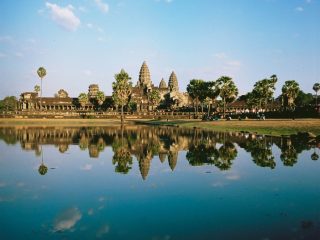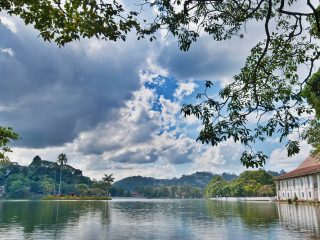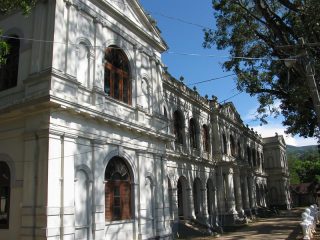While Singapore may be amongst the most developed and technologically advanced nations in the world, it also has a rich history and here are some fascinating aspects of it.

A Local Legend
The founding of Singapore is linked to a local legend of Sang Nila Utama, a Malay prince who sailed to an island called Temasek with a fishing village. Here, he encountered a lion which led him to name the island “Singapura” which translates to “Lion City”. Interestingly, this legend coupled with the nation’s beginning as a fishing village led to the creation of the iconic Merlion emblem featuring a half lion-half fish. It is one of the top attractions in Singapore today.
Sir Stamford Raffles Arrives
Local legend aside, the official founding of Singapore dates to 1819 when Britisher, Sir Stamford Raffles landed on Singapore island; while it consisted of mostly jungle and swamps as well as a small population, he saw the potential it had if it was used as a port. The place where he landed is today known as the Raffles Landing Site in the Civic District and features a statue of him too; within easy reach of properties of the Park Hotel Group, this spot and the surrounding areas are home to historical attractions and buildings worth seeing.
The British Period & WW2
Subsequently, the British took control of Singapore and established a trading post that flourished, attracting not only Europeans, but Indians, Chinese and Malays that made up a multicultural population. It continued to prosper, though, with the outbreak of World War Two, things changed; the Japanese mounted an attack on the island and Singapore surrendered to them on 15th February 1942. However, in August 1945, with the end of the war, Japan surrendered, and the British took control once more.
The Road to Independence
With the Strait Settlements being dissolved in 1946, the country separated from Malaysia; a new constitution was introduced in 1955 and four years later, self-government was granted with the Prime Minister being Lee Kuan Yew. Singapore joined with Malaysia once more in 1963, though this did not last long and the country soon separated and on 9th August 1965, became a sovereign and independent state. Today, while it has progressed rapidly, its history and heritage are very much a part of the nation’s identity.











